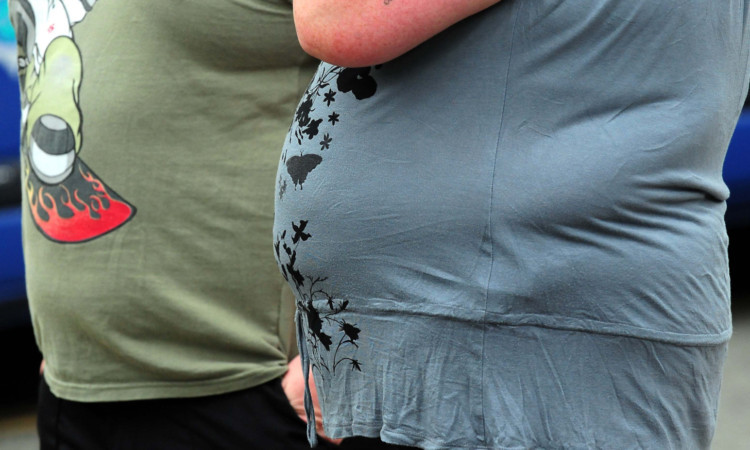Scotland is sitting on a health timebomb with nearly two-thirds of adults in their early forties overweight or clinically obese, a new study has found.
New research from the Institute of Education at the University of London (IOE) has found that 38% of Scottish adults are overweight at the age of 42 while an another 24% are obese.
The problem is worse among men than women. Nearly half of all men (46%) are overweight at 42 compared to 30% of women, while 23% and 25%, respectively, are obese.
The research was conducted by Dr Alice Sullivan and Matt Brown from the IOE’s Centre for Longitudinal Studies.
They studied the body mass index (BMI) of almost 10,000 men and women in Scotland, Wales and England being followed by the 1970 British Cohort Study (BCS70), funded by the Economic and Social Research Council (ESRC).
The study follows the lives of 17,000 people born in a single week in 1970.
In Wales, the proportion of men and women who were overweight at age 42 was identical to that of Scotland, while obesity rates were slightly higher (26% for men and 27% for women).
The proportion of middle-aged adults in England who were overweight was also similar (45% of men and 29% of women).
The male obesity level was identical to Scotland’s but English women were less likely to be obese (19%).
The study reveals that British men are significantly less likely than women to accept they are carrying excess weight.
Dr Sullivan said: “People who are overweight or obese face a higher risk of many health problems, including cardiovascular disease, diabetes and certain cancers.”
“But carrying excess weight is far more socially acceptable for men than for women, and men will not respond to health messages about weight and obesity if they do not recognise that they are overweight.”
